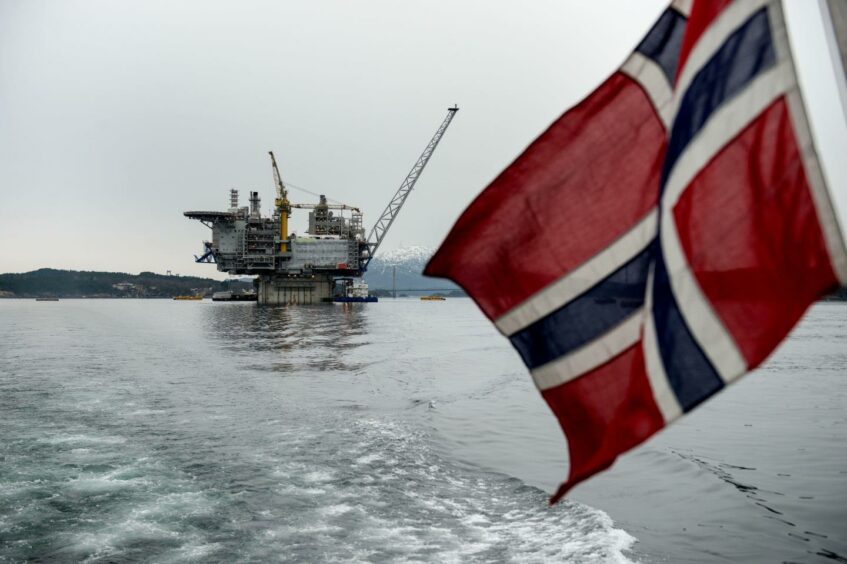
Russia’s invasion of Ukraine has brought energy security into the spotlight and Norway is stepping up to meet demands while providing stable finances for producers and leading the way in decarbonisation.
Director, Research, Upstream Oil and Gas for Wood Mackenzie, Neivan Boroujerdi, writes: “At a time when politicians are calling for extra taxes to be levied on producers’ windfall profits, Norway’s stable fiscal regime is appealing.”
An unprecedented level of activity – driven by the temporary tax package introduced in 2020 – is placing pressure on the supply chain.
Raw materials inflation is being compounded by service sector capacity which is not the same as it used to be. Suppliers remain cautious about adding capacity and hotspots are emerging. Norway is one of them.
On average, costs have risen nearly 40% from front-end engineering design (FEED) through to final investment decision (FID) for the ‘tax window’ projects set to be sanctioned this year, with start-up dates being pushed back by over a year too.
All the while the fiscal terms provide flexibility to absorb cost overruns, long lead times and execution risk remain big issues for industry safety records, project economics and near-term supply. A thinning pipeline of development opportunities is also a long term concern.
The levels of production currently experienced are set to continue until the late 2020s, although, underwhelming frontier exploration results – particularly disappointments in the Barents Sea – have taken their toll.
Boroujerdi added: “Fundamentally, exploration – and new developments – are needed. We believe there is a lot to play for.
“While we think there is a role for Barents gas in the supply mix, exploration in the past 10 years has failed to create value despite discovering almost two billion boe of resource.
“Further exploration is a tough sell. Waning interest in the basin has been exacerbated by the shift in the corporate landscape.”
Norway is still a top-10 global regime in prospective resource terms but just under half the potential resides beneath the Barents Sea. The basin offers significant resource potential however, it carries many risks.
However, this sector is dominated by Equinor and the State Direct Financial Interest (State DFI) which, combined, hold more than 50% of Norway’s upstream commercial value and reserves.
The number of active producers has nearly halved in recent years from 55 in 2013, to less than 30 today.
Mr Boroujerdi concluded: “The world’s growing need for sustainable energy will change the geography of oil and gas. Its future will be ever more entwined with renewables. For the upstream industry to become more sustainable, it must focus on resources co-located with both plentiful clean electricity and scalable CCS potential. These are the geological energy ‘super basins’ of the future.
“Norway ticks the boxes, helping it cement its status as an energy super basin of the future. It already has an electrification advantage and an early-mover foot on the offshore wind and CCS ladder.”
Recommended for you
